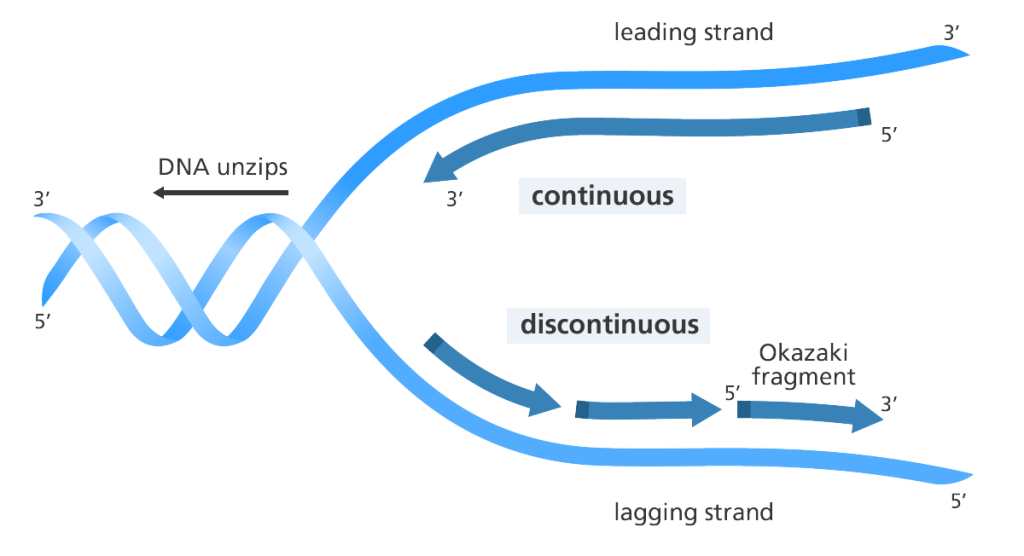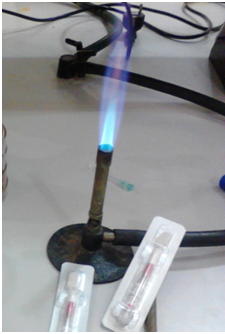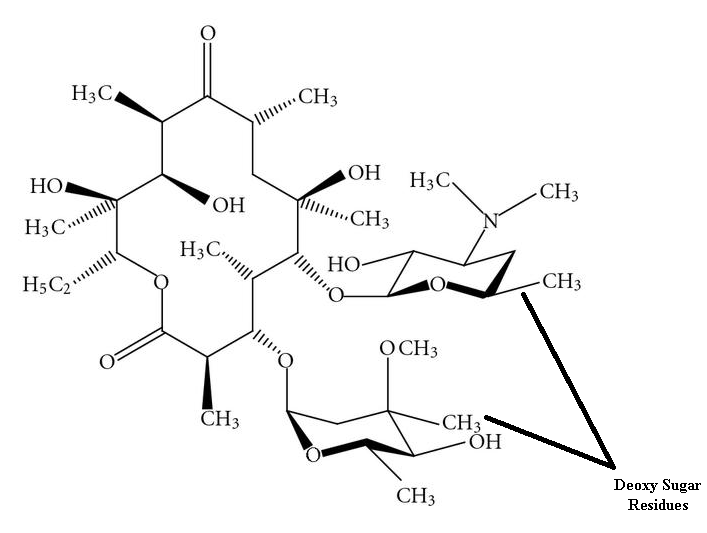MAGNIFICATION
Magnification is the enlargement of a specimen or an object seen through a microscope. It is a function performed solely by two parts of a microscope i.e. the eye piece (ocular) lenses and the objective lenses. The final image of a specimen under a microscope is seen by the ocular lens after being received from […]










